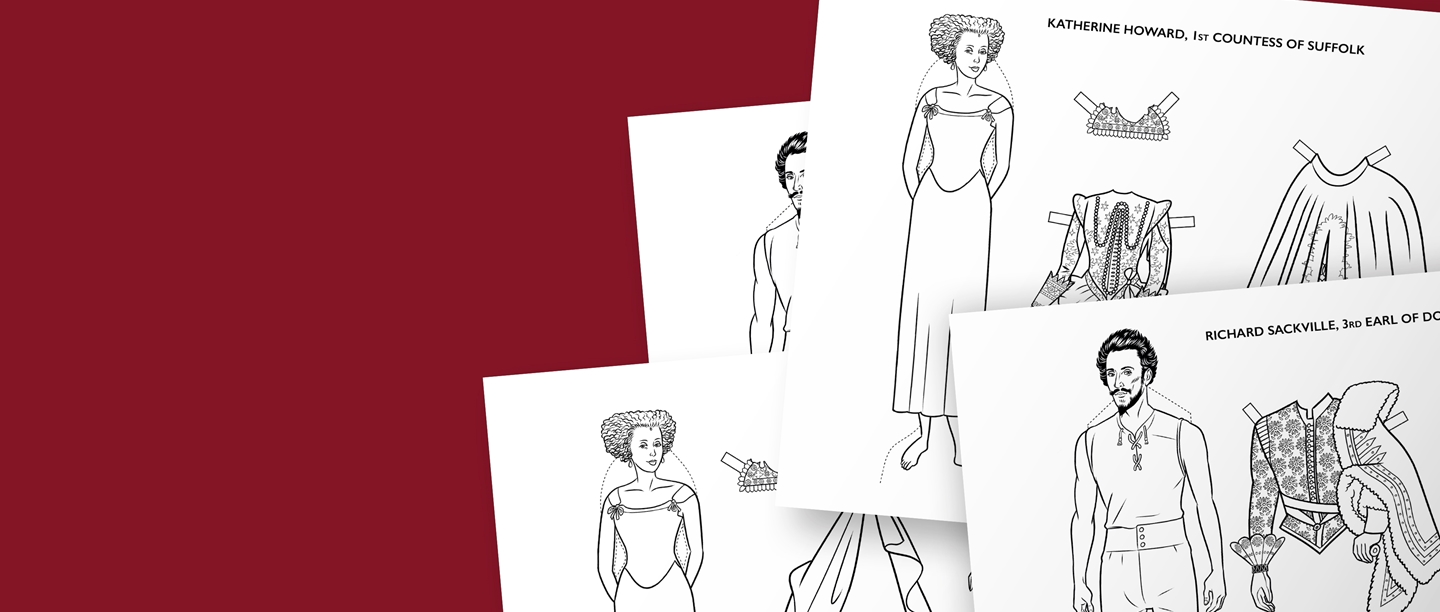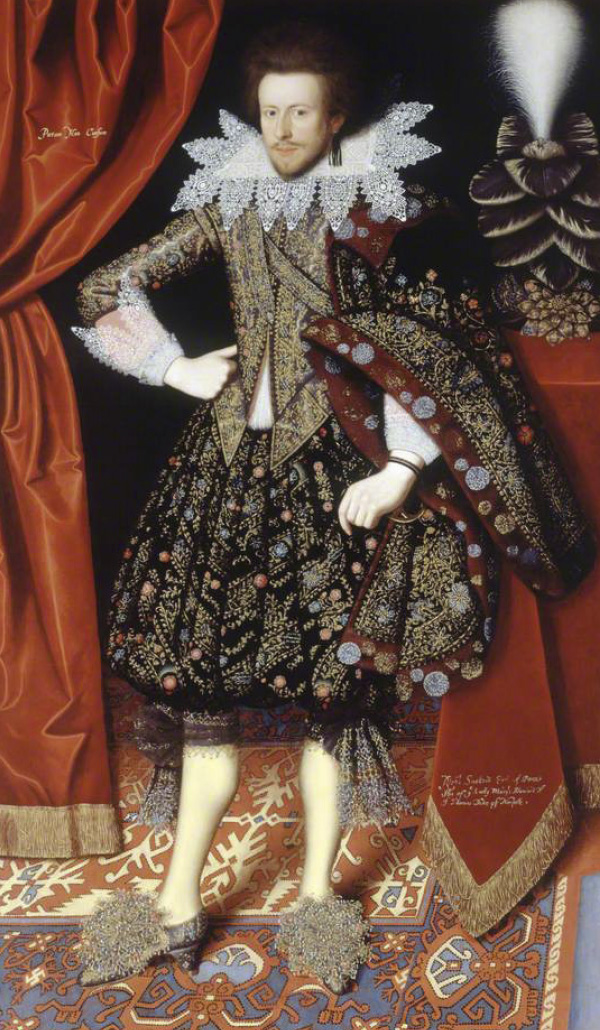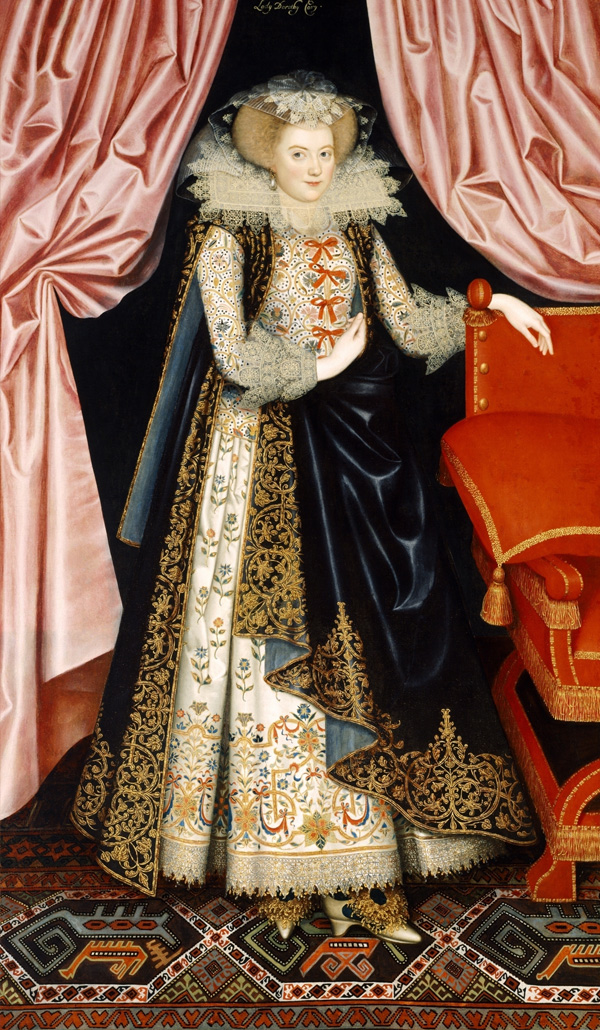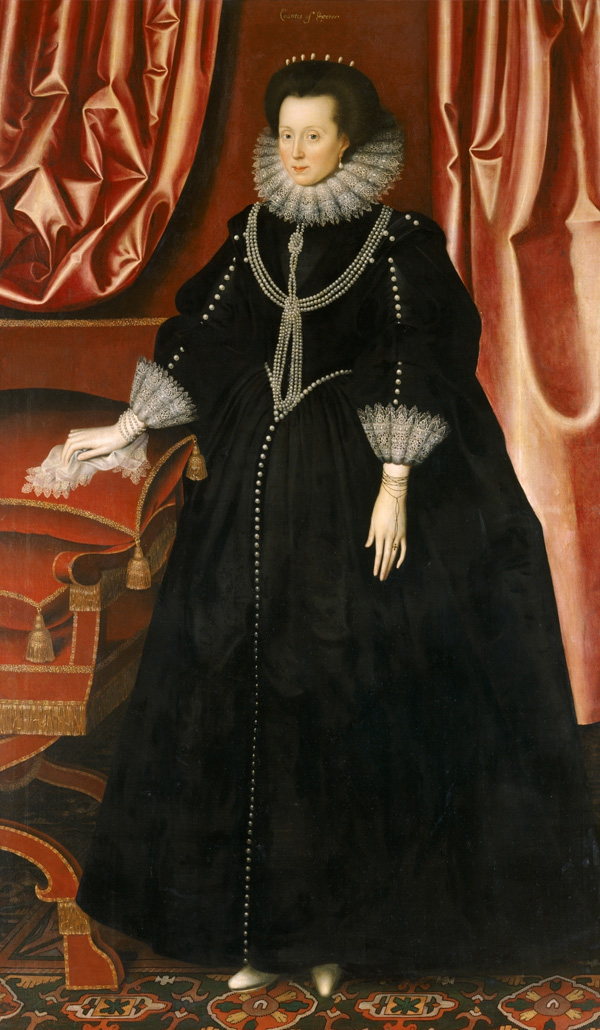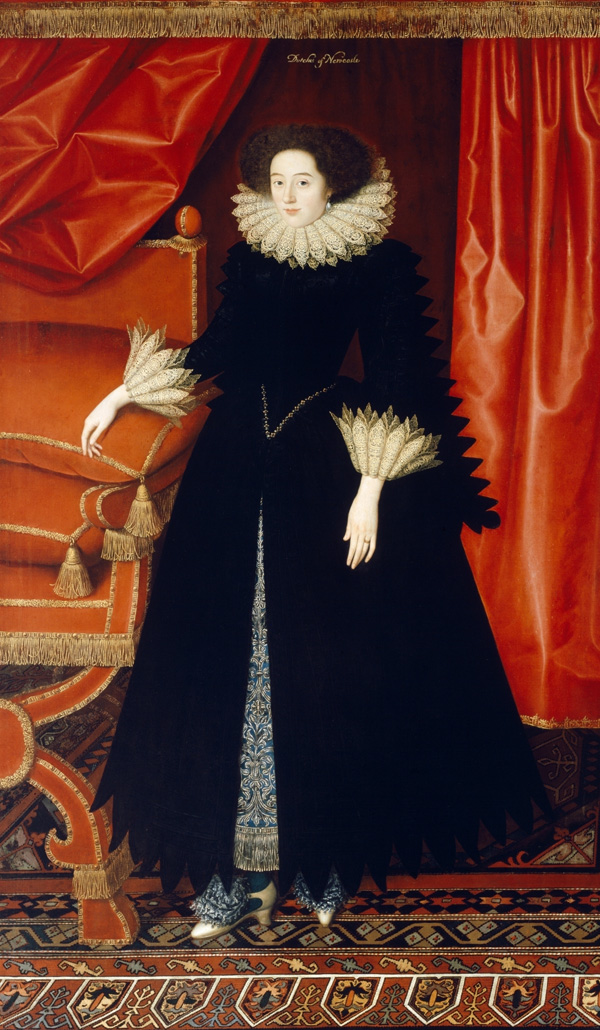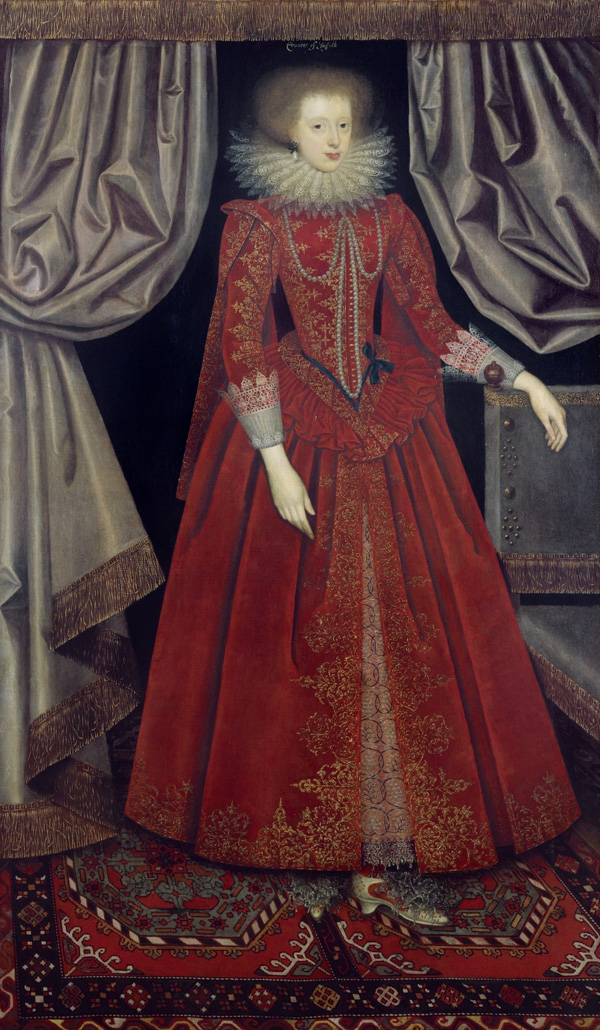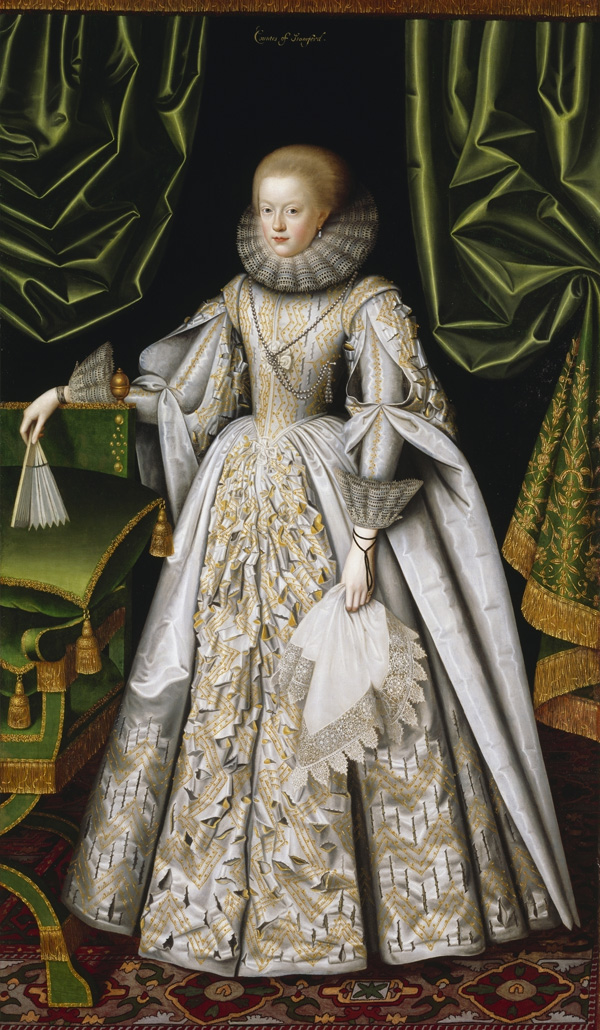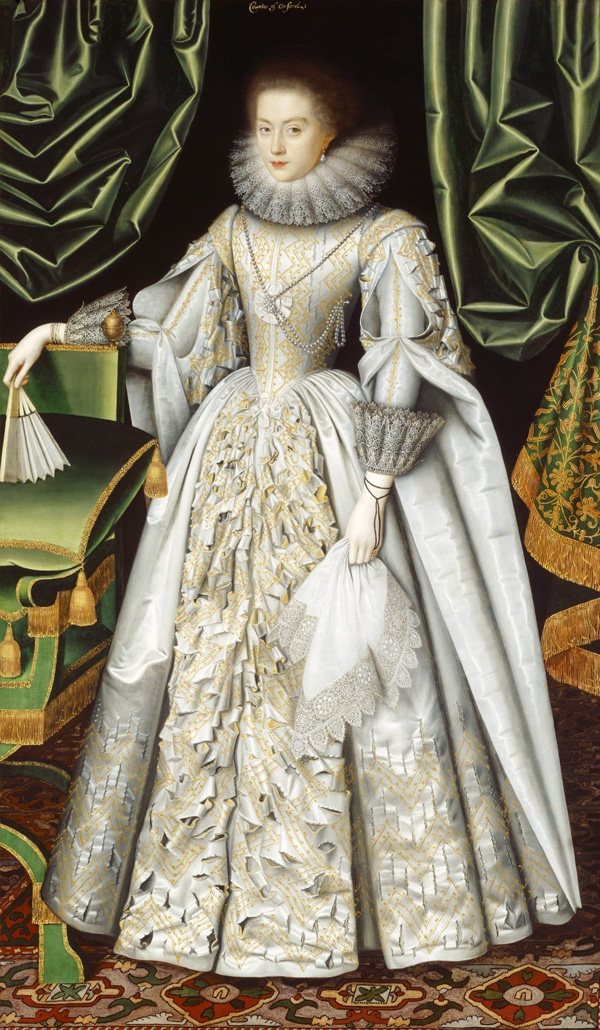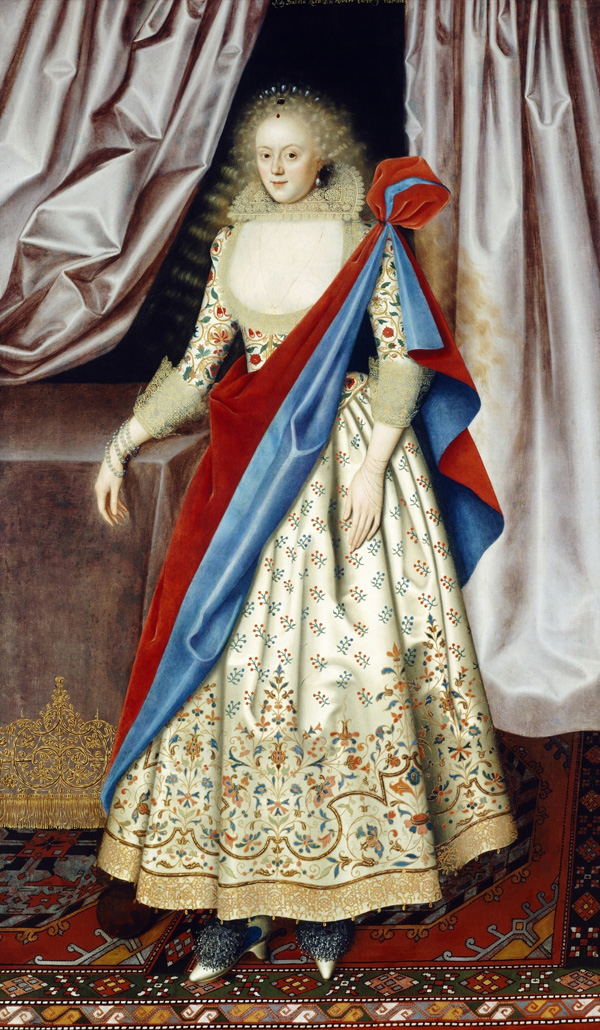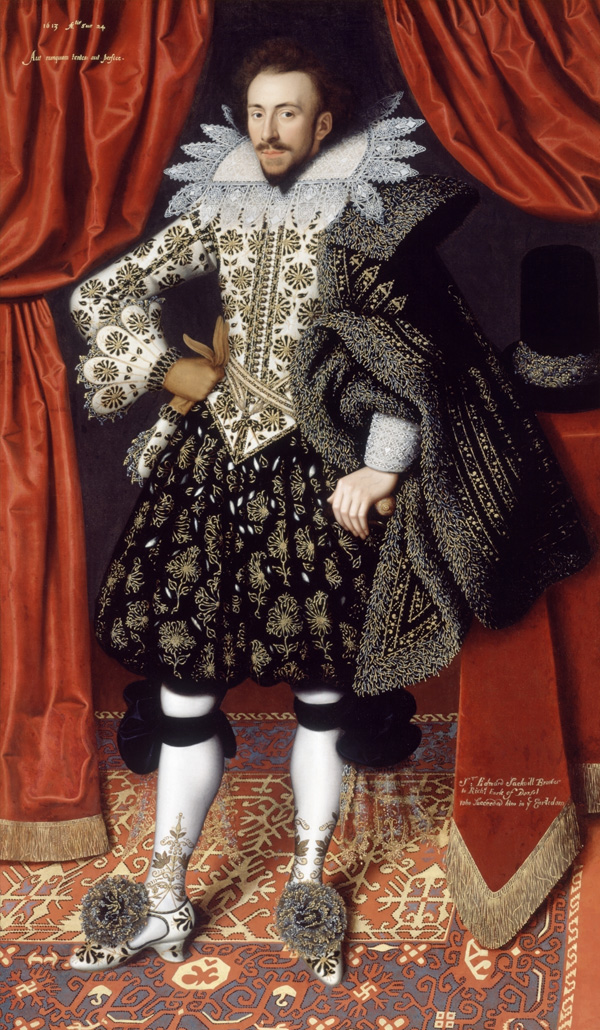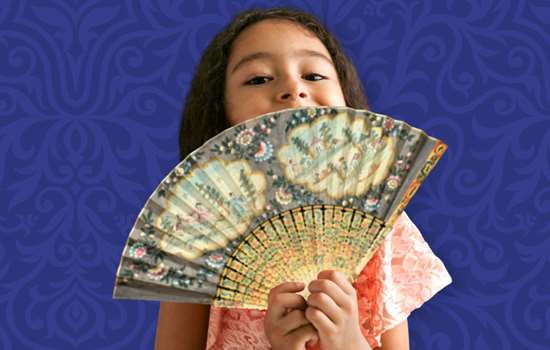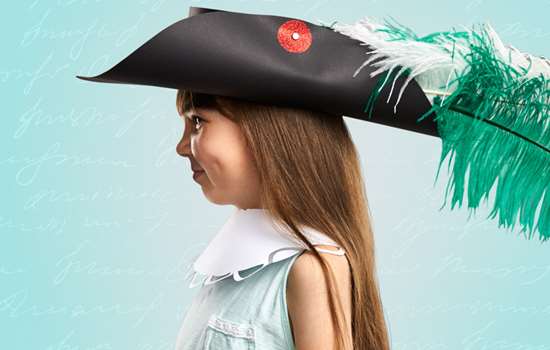Fashion Forward
If you go to Kenwood — a big villa in London that dates from the 17th century — you can see the house's huge art collection. It includes a group of nine portraits by William Larkin, a painter who lived in the Jacobean period (during the reign of James I). The pictures are of Katherine Howard, 1st Countess of Suffolk, her friends and relatives. They show how members of high society looked at the time, with their big lace collars, embroidered clothing and fancy footwear decorated with ribbons (known as shoe roses).
The portraits by Larkin are part of what is known as the Suffolk Collection. These are paintings that were collected over a period of 400 years by generations of the earls of Suffolk and Berkshire. The artworks were given to the nation in 1974 through the will of Margaret 'Daisy' Howard, 19th Countess of Suffolk, and are now on display for visitors on the first floor of Kenwood.
Man of Mystery
William Larkin lived from around 1580 to 1619, in London. In 1606 he gained his Freedom of the City of London as a member of the Painter-Stainers' Company. This meant that he had the right to carry out his trade as a painter in the Square Mile — the part of London where you can find St Paul's Cathedral.
As with most painters from this time, we don't know a lot about him, especially as never had an official position in King James I's court -- the place where a king or queen lives and carries out their duties. Until the middle of the 20th century, he was known only as 'The Curtain Master' as it wasn't known who painted these portraits in the Suffolk Collection. He was given this nickname as almost all of his paintings have backgrounds made up of distinctive carpets and metallic curtains. It was only in 1952 that people figured out that Larkin was probably the person behind the paintings.
Create Your Own Dress-Up Dolls
Now that you've read all about William Larkin's portraits from the Jacobean era, you can create your own dressing-up dolls based on the clothes people wore in his paintings.
Ask a grown-up to download the paper doll templates and print them out. Then colour them in — you can copy the colours from Larkin's paintings or come up with your own stylish designs. Finally, cut out the dolls and their outfits, folding the tabs on the outfits around the dolls to keep them in place. (If you want to make the dolls stronger, you can trace the dolls on to card, cut these shapes out and glue them to the backs of the dolls.)
Mix and match the different items to create your very own Jacobean trendsetters!
Download Your TemplatesDiscover more
The Kids Rule! guide to Fashion & Fads (issue 26)
Read Kids Rule! magazine online to learn about the fashions and fads linked to our sites plus many more. You can take our quiz to see if you could make it as a 1930s architect, explore the story behind Queen Victoria's family portrait, and discover the most bizarre fads from history!
This is issue 26 in our series of Kids Rule! magazines following the history of England. Each issue is designed to help you discover more about our properties through fun facts, illustrated stories and games.
Read the magazine